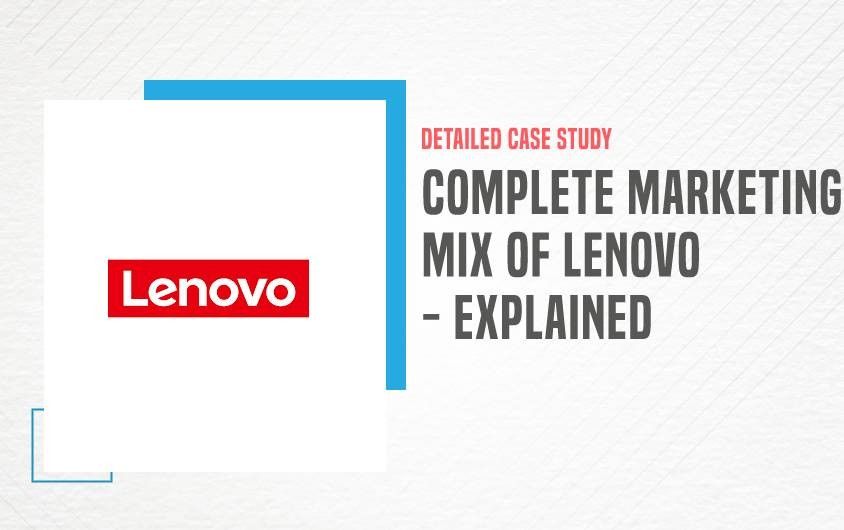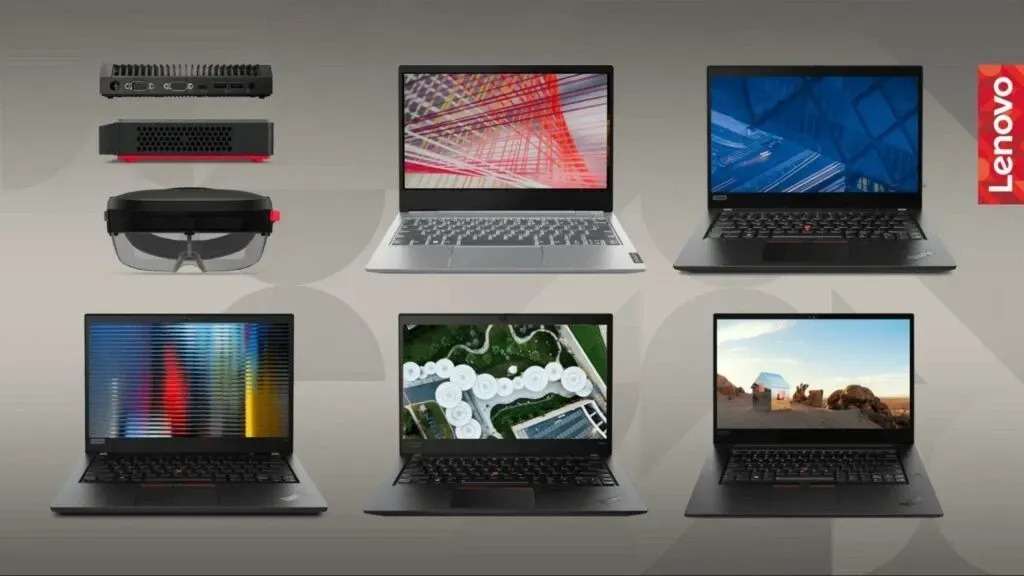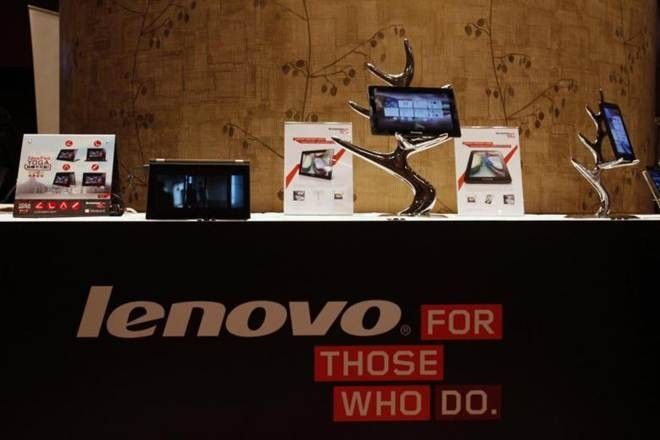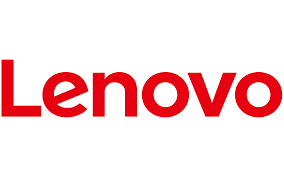Decode how AI is reshaping careers in 2026 with our Head of AI Programs in a LIVE online session. Register Now.

Updated on Aug 12, 2025
Share on:
Lenovo is a multinational technology corporation headquartered in Hong Kong. It is regarded as one of the world’s largest manufacturers of personal computers. It is a global company that operates and sells products all over the world. Let’s see how they manage to achieve their goal now that they’ve become a global application company. Lenovo’s Digital Marketing Strategy must have played a significant role in promoting its product portfolios among its target market.
If you’re interested in learning about the marketing strategy of the company – read the fullMarketing Strategy of Lenovo.
In this case study, we will be examining the marketing mix of Lenovo that will give us insights into the company. So, let’s get started with the introduction of Lenovo.
About Lenovo
Lenovo was established in Beijing and is headquartered in Hong Kong. Its headquarters are also in Hong Kong. It is one of those companies that has grown tremendously since its inception. The company is committed to dedicating and transforming customer experiences through the use of new technology. It is a cutting-edge personal computer and smartphone manufacturer.
The brand believes that to be the market leader in personal computers, it must invest in innovation. As a market leader, it offers products such as smartphones, tablets, and personal computers. It is regarded as one of the world’s most prestigious corporations.
So, we had an idea of what Lenovo is. Let us now take a look at the company’s various marketing mix strategies.
Marketing Mix Of Lenovo
A marketing mix is a strategy that a company employs to increase interest in its image or product. The 4Ps (Product, Price, Place, and Promotion) are the major components of this concept. So, in the next section, we’ll look at Lenovo’s marketing mix plan.
1. Product Strategy of Lenovo

The computer and information technology (IT) market is highly volatile, with numerous challenges accompanying it. To overcome it, a participant must offer a variety of technologically advanced products to stay abreast and sustain the market. It is a brand that has widely differentiated itself and has not relied on a single category of items or administrations for its expansion.
The key for Lenovo has been to provide the business sector with a diverse range of technology-driven products to meet their various needs. It has provided machines and continuously improved them at consistent intervals, and it has wandered into working frameworks and given changes on them consistently keeping up with the business sector.
Lenovo has specific expertise in a wide range of products such as:
- Laptops
- Tablets
- Smartphones
- Desktops
- Servers and accessories.
The accessories are among the most popular and in high demand on the market. The company products are well-known for their dependability and reliability which maintains a huge reputation among its customers. Let’s now focus on the pricing strategy of Lenovo.
2. Price strategy of Lenovo
When compared to other top brands, Lenovo is reasonably priced. It employs penetrative pricing in some areas, such as accessories.
The key factor for the company is to strike a balance between price and brand value. It risks losing its brand image and positioning in the minds of customers if it is priced too low.
However, if Lenovo’s prices are too high, it will lose customers to competitors such as Dell and Hewlett-Packard. The company has a few mobile models and it also employs a cost-plus pricing strategy in which a fixed markup is added to the product.
Finally, laptops are one of Lenovo’s most popular products, with a strong positioning on the pricing front – with a high price for the product’s demanded value.
Now, let’s gander over the distribution strategy of Lenovo to acquire information about its distinctive style in dispersion.
3. Place & Distribution Strategy of Lenovo

Lenovo has both exclusive and multi-brand showrooms. It promotes itself through modern retail, e-commerce chains, and, most notably, the vast number of IT and peripheral shops located throughout the country
The company typically operates through channel sales, in which distributors are affiliated with the corporation. Individual retailers and channel dealers are given to by these distributors. Simultaneously, Lenovo sells its merchandise directly through trendy retail and online channels
It has been able to spread its products far and wide thanks to the channel marketing concept. Lenovo now employs 60000 people and operates in 160 countries around the world.
The company maintained a huge expansion in the business. Global expansion is one of the key features of Lenovo’s placing strategy.
4. Promotion Strategy of Lenovo

Lenovo has a certain amount of clout in the promotion department as a result of its products. The technology segment, particularly the IT market, is crowded with competitors such as HP, Dell, and Microsoft, resulting in fierce competition.
On the other hand, Lenovo has hit the right promotions mix by using the right marketing communications and targeting geeky customers who like a bit of zing in the products that they use.
It has always positioned its products as the best fit for its customers – the ones that will get the job done. The idea is that the brand creates machines that “do the work” for customers. To reach a customer base, the company employs a variety of ATL (Above The Line) and BTL (Below The Line) mediums.
Lenovo’s distinguishing ideas for promoting its product and services are at the top-notch level. Hence, this concludes the marketing mix strategies section.
So let’s close the case study with a conclusion.


Learn Digital Marketing for FREE


Want to Know Why 2,50,000+ Students Trust Us?
Dive into the numbers that make us the #1 choice for career success

MBA - Level
Post Graduate in Digital Marketing & Strategy
Best For
Fresh Graduates
Mode of Learning
On Campus (Mumbai & Delhi)
Starts from
Jan 5, 2026
Duration
11 Months
Live & Online
Advanced Online Digital Marketing Course
Best For
Working Professionals
Mode of Learning
Online
Starts from
-
Duration
4-6 Months

Online
Professional Certification in AI Strategy
Best For
AI Enthusiasts
Mode of Learning
Online
Duration
5 Months

Offline
Undergraduate Program in Digital Business & Entrepreneurship
Best For
12th Passouts
Mode of Learning
On Campus (Mumbai)
Duration
3 Years
Recent Post
Aditya Shastri leads the Business Development segment at IIDE and is a seasoned Content Marketing expert. With over a decade of experience, Aditya has trained more than 20,000 students and professionals in digital marketing, collaborating with prestigious institutions and corporations such as Jet Airways, Godrej Professionals, Pfizer, Mahindra Group, Publicis Worldwide, and many others. His ability to simplify complex marketing concepts, combined with his engaging teaching style, has earned him widespread admiration from students and professionals alike.
Aditya has spearheaded IIDE’s B2B growth, forging partnerships with over 40 higher education institutions across India to upskill students in digital marketing and business skills. As a visiting faculty member at top institutions like IIT Bhilai, Mithibai College, Amity University, and SRCC, he continues to influence the next generation of marketers.
Apart from his marketing expertise, Aditya is also a spiritual speaker, often traveling internationally to share insights on spirituality. His unique blend of digital marketing proficiency and spiritual wisdom makes him a highly respected figure in both fields.
